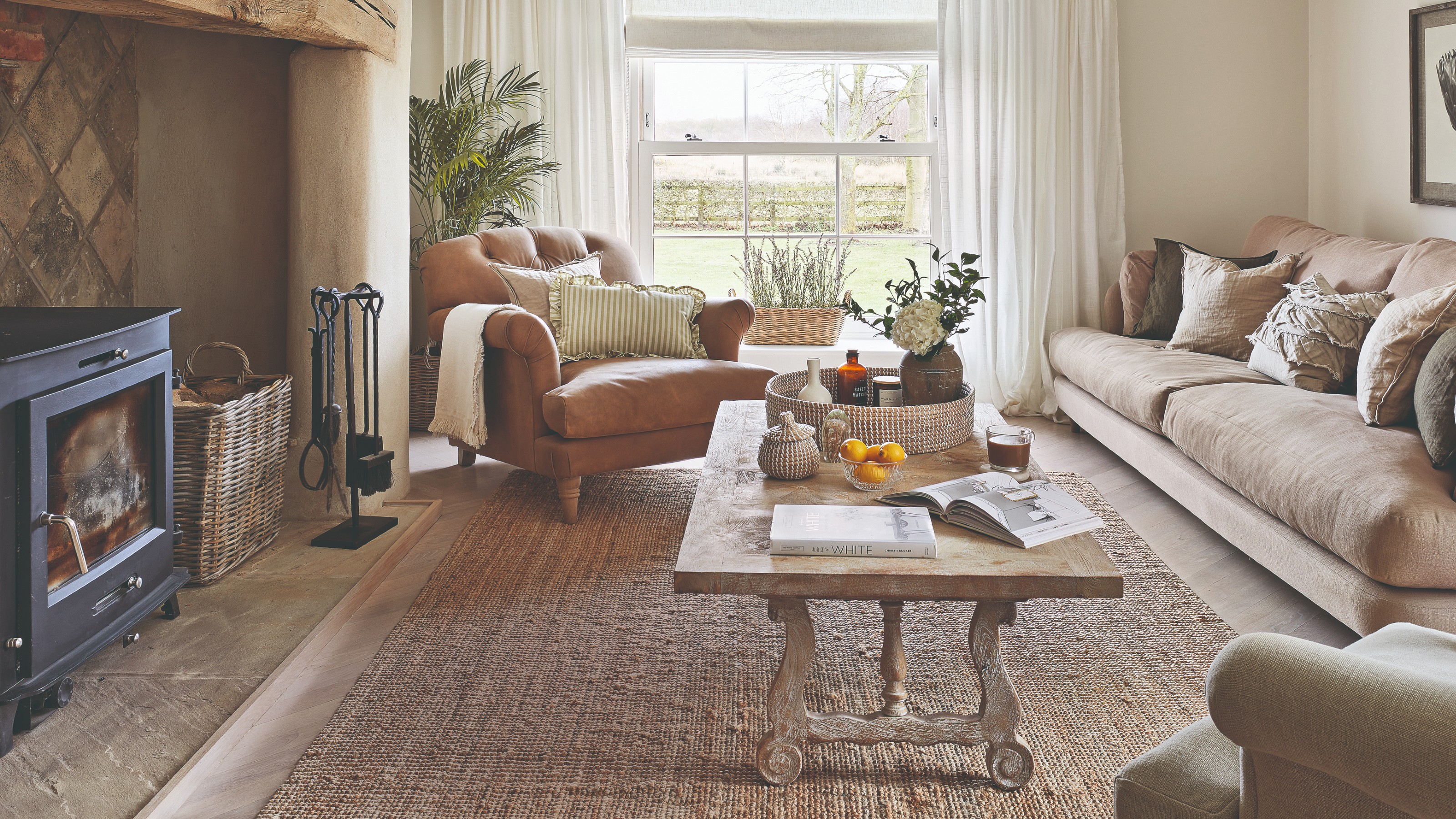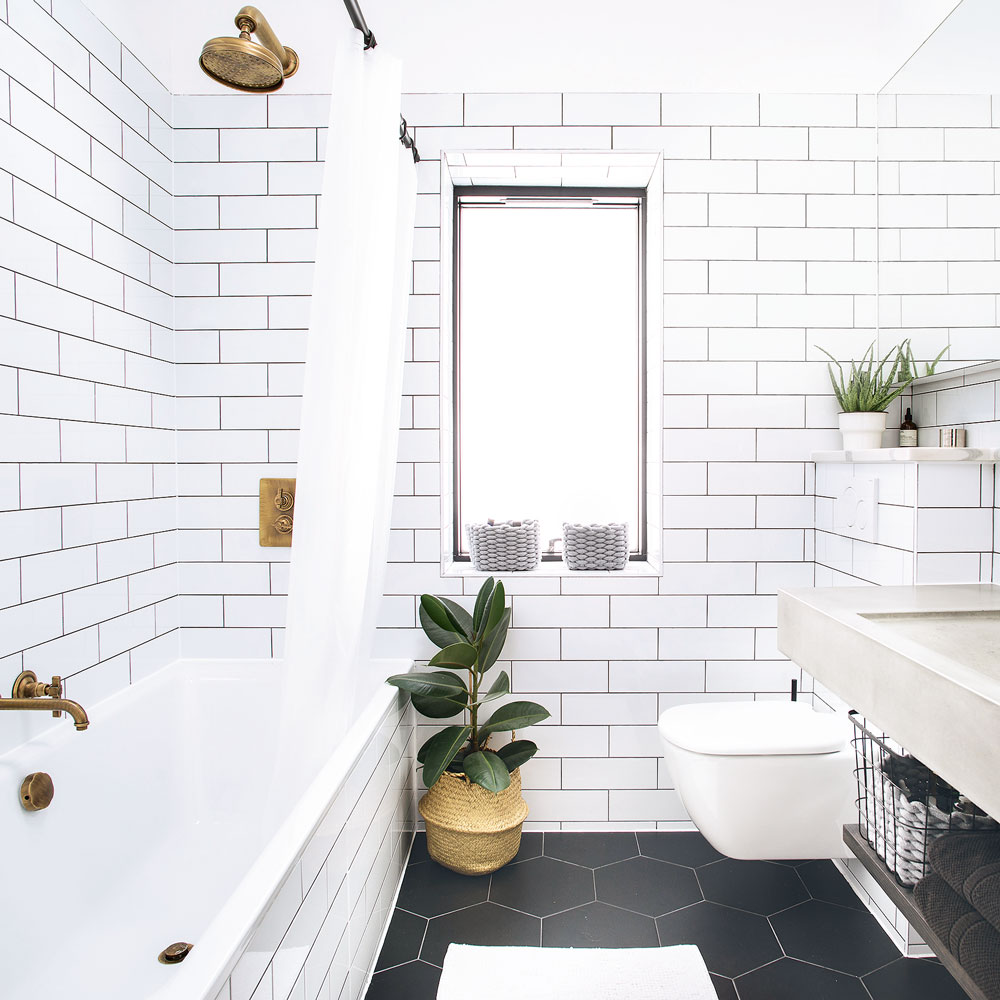Why is my underfloor heating not working? It could be one of these 6 things, say experts
We investigate the common underfloor heating issues and advise on the best ways to fix them


Lauren Bradbury
If you’re wondering why your underfloor heating is not working you’re probably missing the toasty warmth of heat under your feet. When installed correctly, underfloor heating is a low-maintenance, energy-efficient solution to the winter woes. Because of this, it can be irritating when it suddenly stops working.
Underfloor heating is one of the most popular types of heating systems, and it is typically used alongside a traditional boiler. It works on the basic principle that heat rises, allowing the heat from under your feet to radiate into the rest of your room. But while it’s a common addition to UK homes, underfloor heating does come with its problems.
If you’re experiencing cold spots or a lack of warmth altogether, the key is to understand why your underfloor heating isn’t working in the first place. That’s why we’ve spoken to heating experts to help you understand the common problems with underfloor heating and how to fix them.
1. Poor design and installation

Unfortunately, installing underfloor heating can be tricky, especially if you decide to do it yourself. Matt Densham, sales director at Robbens Systems, explains, 'The vast majority of issues of underfloor heating not working are down to poor installation or shoddy commissioning.’
The heat output your system needs to deliver depends on multiple factors, including the age of the property and how well insulated it is. So, your heating engineer should carry out a home heat loss survey before specifying the system to ensure all these variables are accounted for.
This is something that is often missed during DIY installation, which is why Matt advises using a professional where possible.'It’s crucial that UFH systems are fully designed and installed by professional companies,' he says.
When the system is installed, the warm water pipes or cables should be laid at neat, regular intervals. This will ensure that the heat is distributed evenly across the floor surface, rather than a patchy heat with hot or chilly spots. If the workmanship looks messy or uneven at the pipe/cable laying stage, it’s a red flag, and the job may need to be re-done.
Sign up to our newsletter for style inspiration, real homes, project and garden advice and shopping know-how
2. Not enough insulation
There are many things experts want you to know before installing underfloor heating, and one of them revolves around insulation.
In fact, to get maximum efficiency from your underfloor heating, installing the correct level of insulation in your floors is a must. Otherwise, a proportion of the warmth your system generates will travel downwards through the sub floor and be lost. This issue can occur with both wet and dry underfloor heating systems and ultimately make it seem as though your underfloor heating isn’t working.
'Poor insulation requires higher heating temperatures, which will not provide a comfortable living environment,' says Tom Edmunds, general manager at Wunda. 'In a property with good insulation levels, low temperature and energy efficient underfloor systems will perform perfectly, giving maximum savings.'
If you’re installing UFH as part of a larger refurb or renovation, you could also look at upgrading the insulation in other areas (eg loft, walls etc) as well as switching out draughty old windows for thermally-efficient replacements.
3. Incorrect floor finish

Another common reason why your underfloor heating might not work is because it may be laid under an unsuitable floor finish. After all, underfloor heating needs to be tailored to the flooring type - and the temperature you need to set underfloor heating at will vary depending on your choice.
'While most materials are suitable for UFH, care must be taken to select the correct type of underlay for carpets,' says Matt from Robbens. 'Heat outputs can suffer drastically if an insulating type of carpet underlay is used.'
Laying thick rugs across large areas of your room will also negatively affect the overall performance of the system, and laying underfloor heating underneath carpet can also impact the heat output.
Smooth, hard surfaces such as ceramic, porcelain, or slate tiles typically provide the best thermal conductivity.
So, it may be that you have to change your floor to get the most out of your underfloor heating - or maybe underfloor heating wasn’t the right option in the first place.
4. Incorrect UFH controls
Although an error in setting controls won’t damage your system or cause your underfloor heating to stop working completely, it will prevent your underfloor heating from delivering warmth effectively.
Matt says, 'Trying to control the system like an old-fashioned radiator central heating system (where the heating comes on for a couple of hours in the morning and a couple of hours in the evening) will end up with a patchy setup that doesn’t seem to work very well.’
In fact, that’s one of the reasons why experts suggest keeping your underfloor heating on at all times, as running the system continuously will result in better performance.
The temperature in each of the zones where UFH is installed should also be regulated by its own individual thermostat. Once the floor surface is up to the correct temperature, its radiant heat will continue to warm the space throughout the day without continuing to run the boiler. 'By only running the UFH for a few hours a day, it won’t have time to warm the floor up to enable the rooms to be heated,' adds Matt.
5. Problems with the screed

When it comes down to it, electric underfloor heating encounters fewer problems. But water-based underfloor heating is generally regarded as the more efficient option - as long as you get the screeding right. If you don’t, your underfloor heating might not work properly.
The worst-case scenario is that the screed may be obstructing the pipework. This means the warm water flowing through the pipes to heat the floor above will struggle to flow through. During the installation phase, ensure the screed is left to cure and dry properly without the system being turned on. Cool water should be running through the pipes when this happens.
Issues with screed can be difficult to rectify once this layer and the floor finish above go down. If you engaged the services of a professional heating engineer for the installation, you should request that they come back to resolve the issue, which may mean that the screed needs to be re-laid entirely.
6. Trapped air

Like the above, this underfloor heating problem only occurs with water-based underfloor heating. But if you don’t catch it early, it’ll leave you wondering why your underfloor heating isn’t working.
Yes, if air gets caught in one of the underfloor conduits and gets stuck, it’ll have a knock-on effect on the rest of the system. Taking the correct steps during the installation phase can help to overcome the potential for this issue to occur.
Do not fill the pipes with water from the boiler filling loop, as this will push the flow of water through your pipes too quickly and trap air. When your system is filled, water should be flushed right through the network of pipes so you can see it flowing in through one end and out at the other.
Once the system is installed and your floor finish has been laid, bleeding the system to release some of the air and water that’s trapped can help to alleviate this issue. Your supplier can provide a detailed guide as to how this is carried out with your unique system.
FAQs
How do I find my underfloor heating fault?
If you believe you have an underfloor heating fault, you should first inspect your floor for any leaks or damage to any above-ground pipework. You should also check the pressure of your underfloor heating system.
However, in most cases, you’ll need to enlist the help of a professional to find your underfloor heating fault. They’ll often use thermal imaging to assess heat loss and find the source of the problem.
They’ll also have the ability to get a closer look at the under-floor pipework to determine where the fault is coming from and decide on the best course of action from there. Just be warned that this can be a messy - and expensive - business.
Will an airlock clear itself?
If you hear gurgling or bubbling coming from your underfloor heating system, you likely have an airlock. You may also find that you have hot and cold spots on your floor. If it’s small, there’s a chance that the airlock will clear itself, and you won’t need to intervene.
However, bigger airlocks will get worse without human intervention. In this case, you’ll either need to bleed your underfloor heating system yourself or call a professional who will fix the problem for you.
Hopefully, you’ll now have a better idea of why your underfloor heating isn’t working and what you can do to fix it.

Rebecca Foster started her journalism career in Bangkok in 2013, where she worked on the in-house editorial team at a luxury homes magazine. Since then, Rebecca has contributed to numerous property and interiors titles in the UK and Southeast Asia. She re-located to London in 2015 to work at one of the country’s leading self-build and home renovation magazines. In 2017, she left her job to split her time between freelance journalism and teaching yoga.
- Lauren BradburyContent Editor (House Manual)